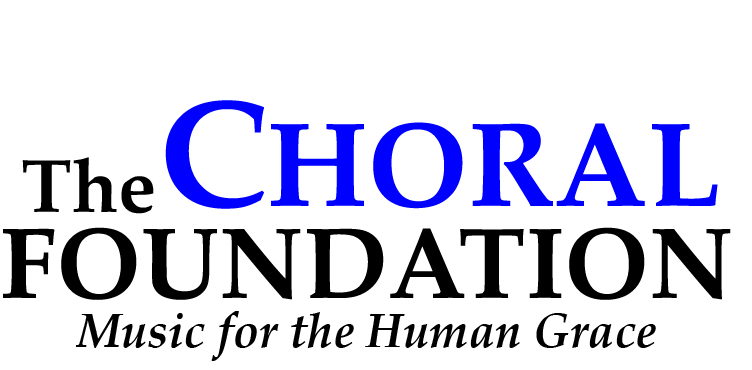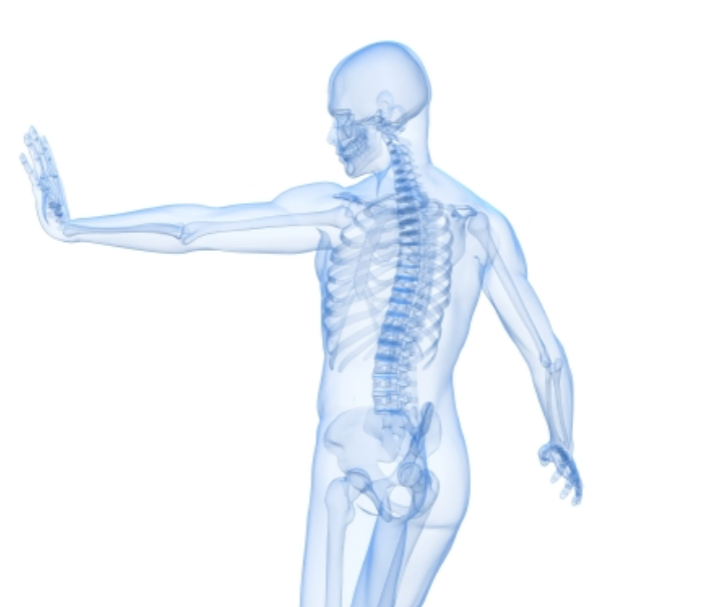Upright, Buoyant, and Balanced: How Posture Shapes the Singing Voice
The old adage echoes in rehearsal rooms across the world. We’ve all heard it, and we’ve all said it. But what does good posture really mean for healthy, efficient singing? Evidence suggests that freedom, not stiffness, is the key to maintaining a healthy posture.
The Foundation of “Good” Singing Posture In vocal pedagogy, posture is about appearance and functional alignment. As McKinney (1994) described, efficient posture “avoids unnecessary tension without undue expenditure of energy.” The spine’s natural curves provide dynamic balance, not rigidity (Feldenkrais, 1977). Arboleda and Frederick (2008) expanded this idea by defining optimal alignment through a lateral “plumb line,” where the ear, shoulder, hip, knee, and ankle stack in gentle balance.
When posture collapses or stiffens, breath and phonation systems compensate. Rounded shoulders, a forward head, or locked knees restrict the rib cage and abdominal movement needed for steady breath pressure and resonance. Conversely, a balanced, upright, and buoyant bearing promotes freedom throughout the body, including the large joints of the ankles, hips, knees, shoulders, and neck, and the small structures of the jaw, tongue, and laryngeal suspension. Singers benefit from a stance that allows gravity, rather than muscle tension to support the singer’s body.
What Happens Inside the Body We can learn from classic respiratory research that posture and breath are inextricably linked. Hixon et al. (1973) demonstrated that gravity’s pull on the rib cage and abdomen changes how the lungs fill and empty depending on position. Upright posture encourages expansion in the ribs and abdominal wall during inhalation, maximizing air intake and allowing fine control of exhalation. Later studies confirmed that upright alignment improves lung volume and phonatory efficiency (Sundberg et al., 1991; Lopez et al., 2020). Confidence, Presence, and the Singing Mind Posture also communicates emotion and confidence. In “Power Posing and Collegiate Singer Confidence” (Sale, 2021, unpublished), singers who assumed expansive “high-power” poses with their feet grounded, chest lifted, and hands-on-hips, reported greater confidence during a sight-reading task and sang more accurately than when in contracted postures. The findings align with psychological research showing that open, upright postures enhance perceived capability and focus under pressure (Briñol et al., 2009; Cuddy et al., 2015). For singers, this suggests that posture serves as both a physical and mental cue, priming the body for vocal freedom and the mind for expressive performance.
Looking Ahead New research continues to investigate the interaction between posture and voice physiology. A 2025 pilot study from Michigan State University and Pontificia Universidad Católica de Chile examined muscle activity and airflow during singing in four standardized postures, ranging from upright to the “Leaning Tower of Pisa” posture, and even on an unstable surface (Castillo-Allendes et al., 2025). Their findings revealed no significant aerodynamic or muscular differences among trained singers, although subtle pitch variations were observed on unstable surfaces. The study suggests that experienced singers adapt easily to mild postural shifts, maintaining efficient voice function through fine motor control and proprioceptive awareness.
In Part 2 of this blog, we explore what such adaptability means in practice, highlighting how posture retraining is a pathway to restoring balance, ease, and vocal efficiency in novice or injured singers.
A Practical Takeaway. The good news is that these patterns aren’t set in stone. Training the cricothyroid muscle, the primary driver of vocal fold elongation, can be done through simple, time-tested exercises. Decades of voice science have demonstrated that this muscle plays a central role in pitch control (Hirano, 1988). Gentle glides (glissandos) on an open vowel encourage the folds to lengthen gradually, developing strength and coordination without strain. Over time, this training allows the voice to extend higher while staying balanced and resonant.
Quick Tip: Find Your Dynamic Center. Instead of “standing up straight,” think of finding your dynamic center for an upright, balanced, and buoyant bearing.
1. Start with your feet. Without judgment, look down at your feet. Don’t rush to change anything. Notice how far apart your feet are in your habitual stance. Now, stand with your feet comfortably apart. Note that biomechanically, females generally require less distance between their feet for balance than males, as a woman’s childbearing hips create a more pronounced angle from the hips to the knees. Feel your weight evenly distributed across the foot tripod.
2. Play with “Shifts.” With each of the following shifts, notice any muscle engagement or tension that occurs in the body, including the toes, feet, ankles, calves, thighs, rear end, lower back, mid-back, shoulders, neck, jaw, and tongue. After each shift, use the following assessments without judgment or rushing to change.
Shift your weight forward. Assess.
Shift your weight backward. Assess.
Widen your habitual stance. (It is ok to experiment with an excessively wide stance.) Assess.
Narrow your habitual stance. (It is ok to experiment by bringing the feet completely together.) Assess.
There are any number of shifts you can explore. For example, try rocking your hips forward or backward, or tipping your chin up or forward. Create your own shifts. With each shift, repeat the assessments.
Consciously repeat the following assessments after each suggested shift.
Notice muscle engagements, tension, or pain throughout the body.
How is your balance affected by the shift?
If it helps, ask yourself, “Why aren’t I falling?”
3. Come to a balanced, upright stance. Without judgment, look down at your feet. Don’t rush to change anything. Notice how far apart your feet are after exploration. Experiment with your stance in your own way, shifting to find optimal uprightness, ease, buoyancy, and balance throughout your body. This simple awareness exercise supports both alignment and breath coordination, an interaction shown to enhance “appoggio,” the balanced breath support that frees the voice.
Institute for Healthy Singing & Voice Research
Jamea J. Sale, PhD
Director, Institute for Healthy Singing & Voice Research
Sing for a Lifetime
JSale@HealthySinging.org
References
Arboleda, B. M. W., & Frederick, A. L. (2008). Considerations for maintenance of postural alignment for voice production. Journal of Voice, 22(1), 90–99. https://doi.org/10.1016/j.jvoice.2006.08.001
Briñol, P., Petty, R. E., & Wagner, B. (2009). Body posture effects on self-evaluation: A self-validation approach. European Journal of Social Psychology, 39(6), 1053–1064. https://doi.org/10.1002/ejsp.607
Castillo-Allendes, A., Delgado-Bravo, M., Reyes Ponce, Á., & Hunter, E. J. (2025). Muscle activity and aerodynamic voice changes at different body postures: A pilot study. Journal of Voice, 39(2), 439–447. https://doi.org/10.1016/j.jvoice.2022.09.024
Cuddy, A. J. C., Wilmuth, C. A., Yap, A. J., & Carney, D. R. (2015). Preparatory power posing affects nonverbal presence and job interview performance. Journal of Applied Psychology, 100(4), 1286–1295. https://doi.org/10.1037/a0038543
Feldenkrais, M. (1977). Awareness through movement. New York: Harper and Row.
Hixon, T. J., Goldman, M. D., & Mead, J. (1973). Kinematics of the chest wall during speech production: Volume displacements of the rib cage, abdomen, and lung. Journal of Speech and Hearing Research, 16(1), 78–115.
Lopez, E., Lee, S. H., Bahr, R., Carey, S. L., Mott, B., Fults, A., & Kim, E. S. (2020). Breathing techniques in collegiate vocalists: The effects of a mind-body integrated exercise program on singers’ posture, tension, efficacy, and respiratory function. In Perspectives in Performing Arts Medicine Practice (pp. 111–125). Springer.
McKinney, J. C. (1994). The diagnosis and correction of vocal faults. Nashville, TN: Genevox.
Sundberg, J., Leanderson, R., Von Euler, C., & Knutsson, E. (1991). Influence of body posture and lung volume on subglottal pressure control during singing. Journal of Voice, 5(4), 283–291. https://doi.org/10.1016/S0892-1997(05)80057-8


